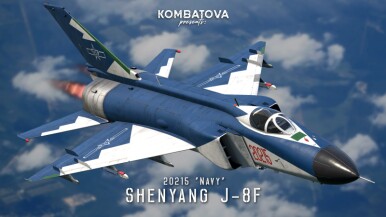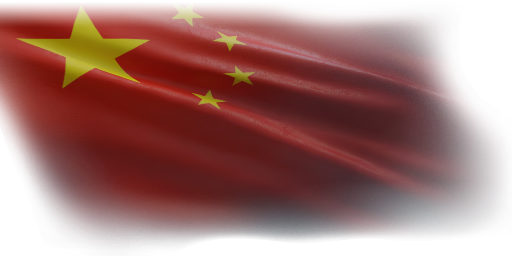
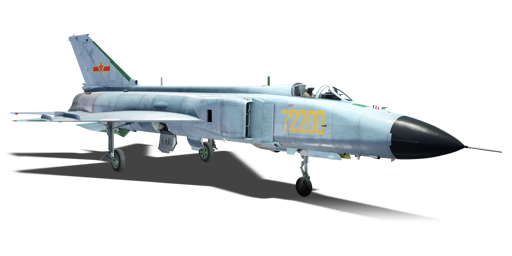


The J-8F (Chinese: 歼-8F型歼击机; unified NATO codename: Finback 长须鲸) was the final combat variant of the J-8 series interceptors, built by Shenyang Aircraft Corporation (SAC, 沈飞) from remaining J-8II airframes or by upgrading previous J-8Ds in the mid-2000s. The project traces back to the J-8C (or J-8III) project for domestic avionic upgrades for J-8II: although the unreliable WP-14 engine ruined the whole project, the radar systems were tested rather successfully and marked the completion of a domestic pulse-Doppler radar. By the end of the 20th century, the plans for Project 12 (PL-12) were also on schedule for domestic ARH AAM. Thus the placeholder aircraft, J-8H, with a new radar joined the PLAAF with PL-11 SARH, while the J-8F with a modified radar based on the former radar new NATO-equivalent FCS main bus and access to ARH AAM were finalised by 2005 and became a cornerstone of the PLAAF until new interceptors replaced them from June 2022.
Introduced in Update "La Royale", the J-8F is the first domestic Chinese jet with a pulse-Doppler-capable radar, featuring powerful PL-8 and PL-12 AAMs and the ability to mount missiles on all wing pylons. The jet is also upgraded with new engines with higher thrust, new all- RWR systems and the J-8II's signature differential elevators for better roll rate.
flaps
flaps
flaps
brake
| Belt | Belt filling | Armor penetration (mm) at a distance: | |||||
|---|---|---|---|---|---|---|---|
| 10 m | 100 m | 500 m | 1000 m | 1500 m | 2000 m | ||
| HEFI-T/AP-I/HEF-I | 31 | 29 | 21 | 15 | 10 | 7 | |
| HEF-I/AP-I/AP-I/AP-I | 31 | 29 | 21 | 15 | 10 | 7 | |
| HEFI-T/HEF-I/HEFI-T/HEF-I/AP-I | 31 | 29 | 21 | 15 | 10 | 7 | |
| AP-I/HEF-I/HEF-I | 31 | 29 | 21 | 15 | 10 | 7 | |
| Name | Weight | Slot | ||||||
|---|---|---|---|---|---|---|---|---|
| 84.5 kg | 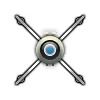 |  |  |  |  |  | ||
| 83 kg | 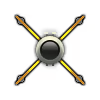 |  |  |  |  |  | ||
| 121 kg | 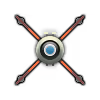 |  |  |  |  |  | ||
| 7 × | 252.2 kg |  |  |  |  | |||
| Drop tank (800 liters.) | 68 kg |  |  |  | ||||
| 198 kg |  |  | ||||||
| 216.5 kg |  |  | ||||||
| 240 kg |  |  | ||||||
| 469 kg |  |  | ||||||
| 508.3 kg | 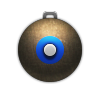 |  | ||||||
| 6 × | 1,299 kg | 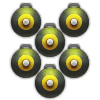 | ||||||
| 6 × | 1,440 kg | 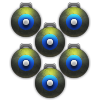 | ||||||












Flight performance | |
|---|---|
Survivability |
|---|
Weaponry | ||
|---|---|---|
